
1. Choosing The Right Varieties:
Selecting the right variety of Brussels sprouts is crucial for a successful harvest. Some popular organic varieties include ‘Long Island Improved’, ‘Catskill’, ‘Churchill’, and ‘Diablo’. Consider your climate and growing conditions when choosing a variety that suits your region.
2. Planning and Preparation:
a. Site Selection: Choose a sunny location for your Brussels sprouts as they require at least 6-8 hours of direct sunlight daily. Ensure the site is well-drained to prevent waterlogging.
b. Soil Preparation: Brussels sprouts thrive in well-draining, fertile soil with a pH between 6.0 and 7.5. Begin soil preparation in the fall or several weeks before planting. Incorporate organic matter such as compost or well-rotted manure to improve soil structure and fertility. This enhances water retention and nutrient availability. Avoid heavy clay soils that can lead to poor drainage.
c. Raised Beds: Consider planting Brussels sprouts in raised beds. Raised beds offer improved drainage and better soil control. You can create raised beds using untreated wood or other suitable materials.
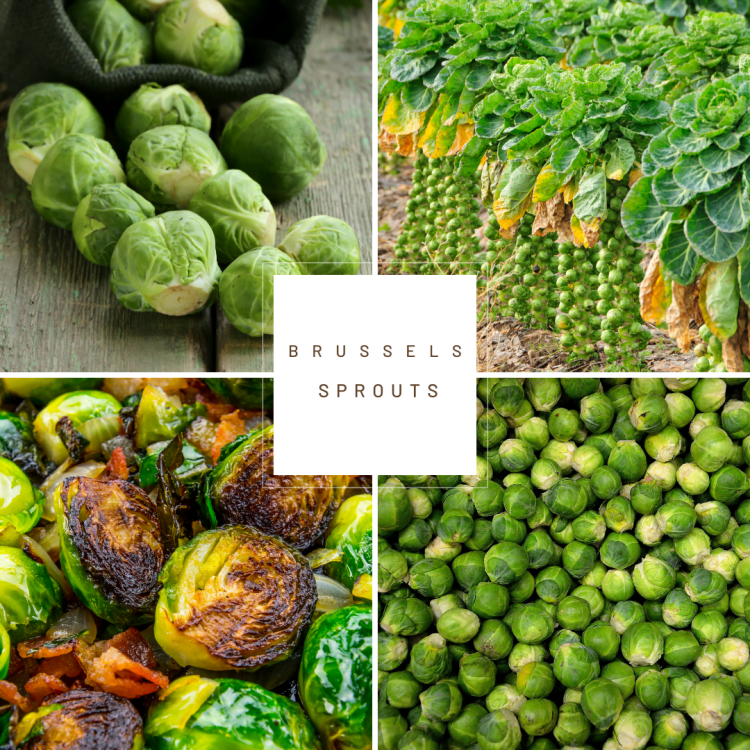
3. Starting Seeds Indoors:
a. Timing: Start Brussels sprouts seeds indoors 6-8 weeks before the last expected frost date in your region. This will give the seedlings ample time to develop before transplanting them outdoors.
b. Seed Starting Mix: Use a high-quality seed starting mix to ensure healthy germination and early growth. Avoid using garden soil, as it can be heavy and may contain diseases or pests.
c. Seed Planting: Plant seeds ¼ inch deep in seedling trays or small pots. Keep the soil consistently moist, but not waterlogged, until germination occurs. Maintain a temperature of around 70°F (21°C) for optimal germination.
d. Transplanting: Transplant seedlings when they have developed their first true leaves and are about 4-6 weeks old. Harden off the seedlings by gradually exposing them to outdoor conditions over the course of a week before transplanting.
4. Outdoor Planting:
a. Timing: Transplant Brussels sprouts outdoors after the danger of frost has passed and the seedlings are well-established. In most regions, this will be in the early to mid-spring.
b. Spacing: Plant Brussels sprouts 24-36 inches apart in rows that are spaced about 2-3 feet apart. This spacing allows for proper air circulation and room for the plants to grow.
c. Planting Depth: Plant seedlings at the same depth they were growing indoors. Ensure the top of the root ball is level with the soil surface.
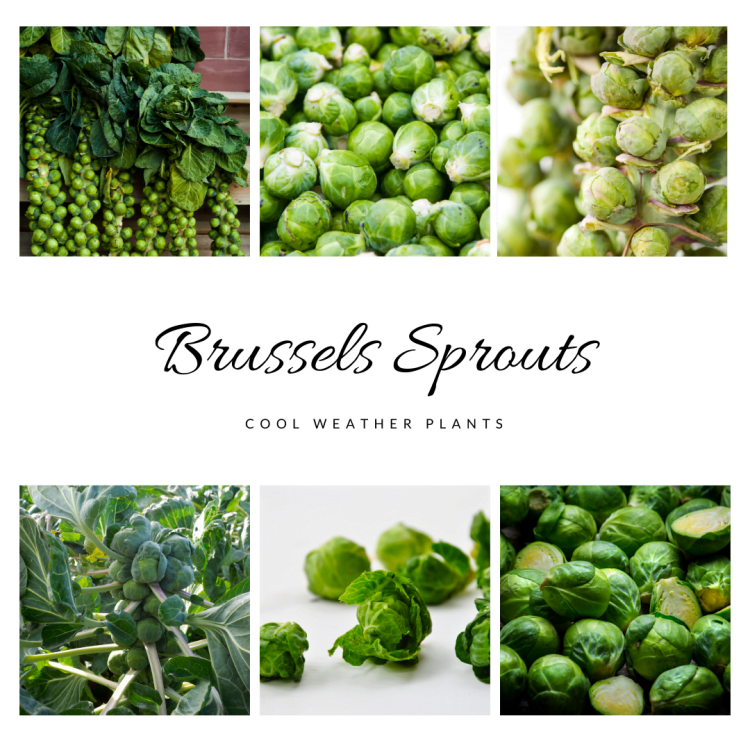
5. Care and Maintenance:
a. Watering: Maintain consistent soil moisture throughout the growing season. Brussels sprouts require regular watering, especially during dry spells. Water at the base of the plants to avoid wetting the leaves, which can lead to disease.
b. Mulching: Apply a layer of organic mulch, such as straw or shredded leaves, around the base of the plants. Mulching helps retain moisture, suppress weeds, and regulate soil temperature.
c. Fertilization: Brussels sprouts are heavy feeders. Apply a balanced organic fertilizer or compost in early spring before planting. Side-dress with compost or a nitrogen-rich organic fertilizer every 4-6 weeks during the growing season.
d. Support: As Brussels sprouts grow tall, they can become top-heavy and susceptible to wind damage. Stake or cage the plants to provide support and prevent them from falling over.
e. Pest and Disease Management: Encourage natural predators like ladybugs and lacewings to control pests such as aphids and caterpillars. Handpick or use organic insecticidal soaps if pest populations become problematic. Rotate crops yearly to reduce the risk of diseases like clubroot and downy mildew.
6. Harvesting:
a. Timing: Harvest Brussels sprouts when the sprouts are firm, about 1 to 2 inches in diameter, and have a vibrant color. Begin harvesting from the bottom of the plant, working your way upward as the lower sprouts mature. You can harvest over several weeks, and cold weather can actually improve their flavor.
b. Harvest Technique: Gently twist or cut the sprouts off the stem with a sharp knife. Remove any yellowing or damaged leaves as well.
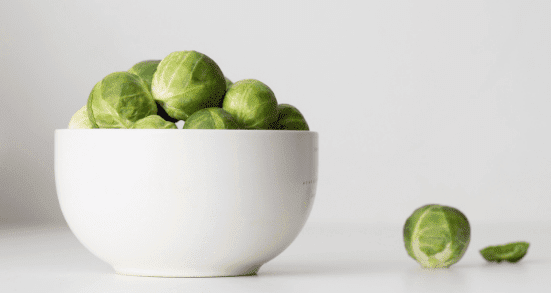
7. Storage:
a. Short-term Storage: Store freshly harvested Brussels sprouts in the refrigerator’s crisper drawer. Place them in a breathable plastic bag to retain moisture and prevent wilting.
b. Freezing: To freeze Brussels sprouts, blanch them in boiling water for 3-5 minutes, then plunge them into an ice bath to cool rapidly. Drain, pat dry, and store in airtight containers or freezer bags.
8. Crop Rotation:
Practice crop rotation to prevent soil-borne diseases and pests from building up in the same spot. Avoid planting Brussels sprouts in the same area for at least three years.
9. Saving Seeds:
While Brussels sprouts are typically grown as an annual, if you’re interested in saving seeds, allow some of your plants to bolt and produce flowers. Collect the seeds once the pods have dried and store them in a cool, dry place.
10. Conclusion:
Growing organic Brussels sprouts requires attention to detail and consistent care, but the rewards are well worth the effort. By following this comprehensive guide, you can enjoy a bountiful harvest of nutritious and flavorful Brussels sprouts straight from your organic vegetable garden. Remember, gardening is a journey of learning and experimentation, so don’t hesitate to adapt and refine your practices as you gain experience. Happy growing!
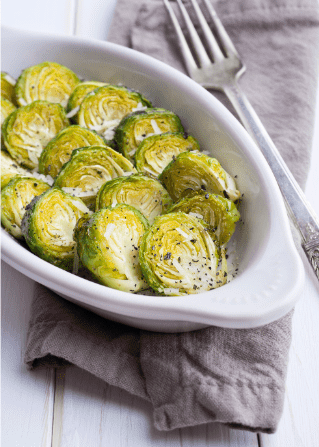



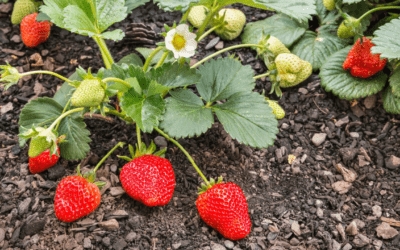

0 Comments